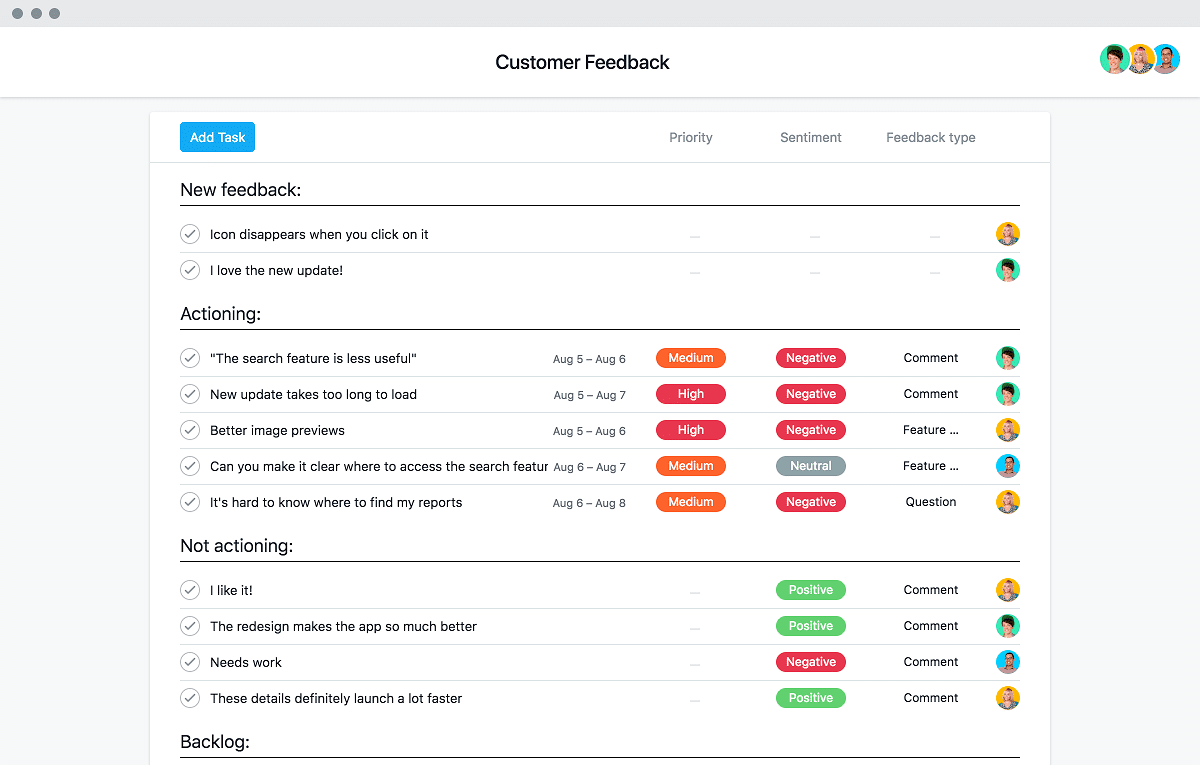
Content Marketing: Solving Your Customers’ Problems
I can’t say it enough. Successful content marketing is all about solving your customers’ problems. And that requires a culture shift inside businesses. We need to think of content marketing as our solution, more than our products.
Because when you show customers how to face their challenges and come out victorious on the other side, it builds trust. Your expertise, not your products and services, positions you as an authority in your field. Your products and services are mere props that help you tell your story.
It just so happens that the problems you solve are the selfsame ones that your products and services do, as Alex Ionides pointed out in his article on Entrepreneur Mag. But what if your content could get ahead of the problem curve?
When you do that, you become more than just another expert. You become a thought leader.
Kind of like that doctor that encourages you to maintain a healthy weight and exercise before you turn into a heart attack waiting to happen. Your content can do the same for your customers.
Quick Takeaways:
- When your content stays ahead of the “cycle of response,” you can prevent customer problems.
- Break down the silos in your company, promote diversity, and collaborate to find common ground.
- Be transparent about any flaws in your products and services.
- Get advance notice from all your company’s teams and feedback from your audience.
Leadership guru Dan Heath’s book, Upstream: The Quest to Solve Problems Before They Happen, explores how leaders in various industries can do just that. Break the “cycle of response,” and you’ll stay ahead of the curve.
Instead of putting out fires, you’ll be able to prevent them.
Common sense can help. And I’d definitely agree with Heath that a mindset transformation – and I’d add, a marketing transformation – is well overdue within most organizations.
Break Down the Silos
But so can breaking down the silos that divide us into departments. How in the world can you solve a problem in the making if you never discuss content with your sales reps?
After all, they’re the ones who hear the rumblings that go before a problem even starts.
And how about your subject matter experts? Whether they’re doctors, engineers, or developers, they likely can predict what kinds of problems are likely to occur.
Not only can they give you a heads-up on what might occur. They might also be able to troubleshoot possible problems before they occur.
Why not brainstorm these kinds of possibilities with them instead of your usual sessions with your own team? When you combine your creative instincts with their expertise, you can create content that will make you seem like a clairvoyant.
Promote Diversity
If you only stay within your comfort zone, you’ll never solve problems that others outside that zone face. So, both in hiring and brainstorming, go outside that zone to find alternate views.
If your tribe leans left, seek out your right-wing colleagues for their insights. If you usually hang with those of your own ethnic or cultural heritage, be adventurous. Get to know how life looks like from their eyes.
Reach out to people whose gender, fashion sense, learning style, or native language isn’t your own. You’ll be surprised how they see things.
Seeing things the way others do allows you to combine your life experiences with theirs. With the insights you gain from stepping into their shoes, you can discover a cauldron of issues that could become problems later on.
With diverse perspectives adding depth and detail to your brainstorming sessions, it’s critical to find common ground. Those areas can be a fruitful source of ideas on how to solve your customers’ problems before they start.
Lead with Transparency
No business can solve all its customers’ problems. Admit that. When you make transparency your priority, your customers will feel comfortable sharing any problems that might hide under the surface.
Transparency builds trust in your company – every bit as much as your expertise. Remember Volkswagen’s legendary “Think Small” campaign?
When you open up about issues potential customers might see as flaws (such as a tiny car during the muscle car-obsessed 1960s), those flaws can turn into strengths. In Volkswagen’s case, those strengths turned out to be easier parking and fuel efficiency.
Or, in today’s terms, let’s say that your app’s a little slow, but it offers a comprehensive management platform for all the processes within a business. Being upfront about that perceived flaw while talking up the app’s comprehensive nature can limit expectations but inform customers about its unique value.
Then work to improve those flaws. Once your dev team has worked out all the kinks, create content that shows how the product has helped businesses manage their everyday affairs even more efficiently.
Think, “What If…?”
As you collaborate about upcoming content, spend some time asking your team and others around your company, “What if X happens?” Identifying possible outcomes from various situations can help you create content around solutions, as this Inc article points out.
Get – and Give – Advance Notice
Keep people on other teams informed about upcoming marketing changes. On the other hand, you need to keep on good terms with your company’s leadership team.
Be proactive enough to ask about upcoming product rollouts, new business models, and new methods of production. Ask the kinds of questions that will help you to help your customers solve possible problems.
Ask for Customer Feedback
A major factor in Agile methodology’s stunning success, customer feedback is essential for nipping problems in the bud. The more you communicate with your customers on social media, blog comments, and elsewhere, the more proactive your content can be.

Finally, Test Your Results
One of the best ways to stay ahead of the curve is to test your results. For example, let’s say you’ve created a perfect customer driven marketing strategy, identified a potential problem and produced content to solve it.
Look at your audience’s engagement. If your content is on target, current and potential customers will seize the opportunity to digest it and put it to use.
But suppose you read comments on your blog or social media that indicate that some among your audience didn’t understand your content. Then, you need to tweak it so they do understand. Similarly, if the content didn’t solve the problem, go back to the drawing board and produce content that does.
Don’t stay in the middle of the pack. Take the lead with content that stays ahead of the curve.
If you are ready to get more traffic to your site with proactive problem-solving content published consistently, check out our Content Builder Service. Set up a quick consultation, and I’ll send you a free PDF version of my books. Get started today – and generate more traffic and leads for your business.






